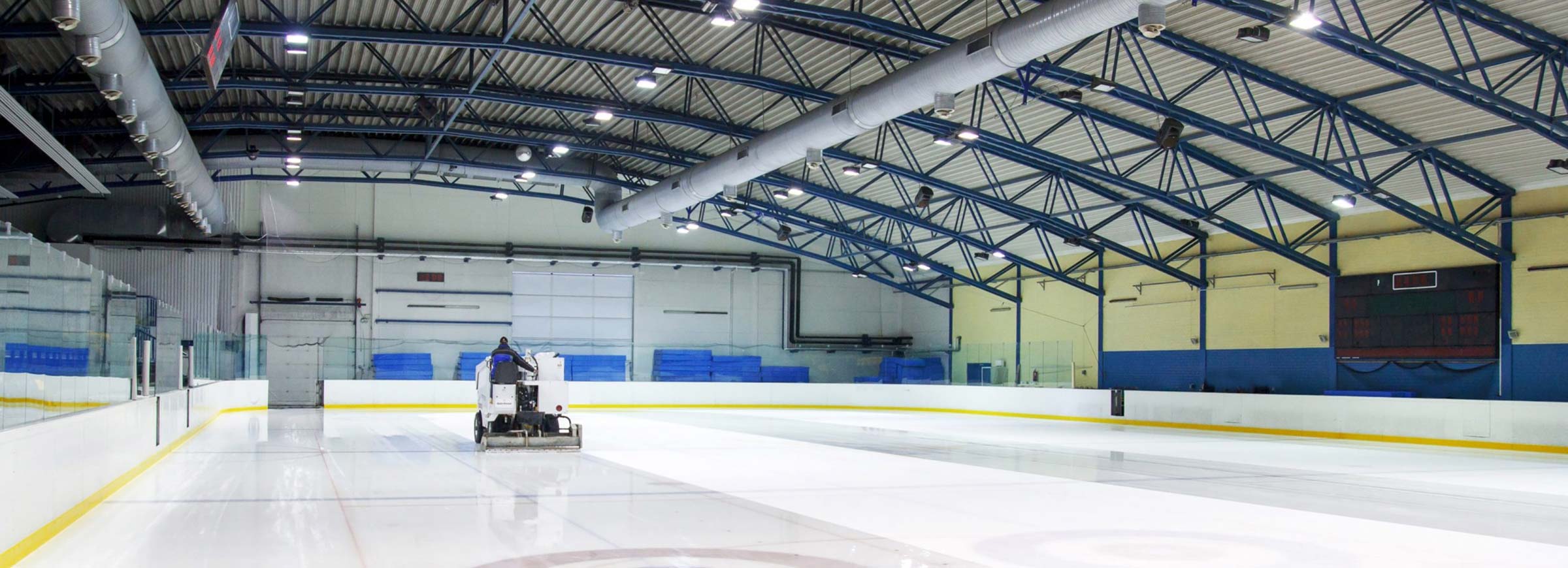Preventing Legionella in High Traffic Public Spaces

After a long closure due to the pandemic, an indoor public ice rink in the Greater Toronto Area (GTA) in Ontario, Canada, experienced a potential legionella outbreak. A team of water treatment specialists had to act fast and pull an all-nighter to prevent it.
“Along with ensuring water systems are maintained and running, we take the detection of legionella extremely seriously,” said Brett Calhoun, Service Technician for Glengarry Solutions in Toronto, ON.
Legionella thrives in dormant water under warmer conditions and can travel to other parts of a water system where it can reside and grow in biofilm. Rooftop cooling towers and condenser water systems have the potential for legionella outbreaks. The GTA facility needs more cooling because of the ice, so the operation of the roof-top cooling water systems was in high seasonal demand.
It was anticipated the water system needed to be tested and serviced before opening. “We did an initial treatment assuming there is biofilm with possible legionella present,” explained Calhoun. “We scheduled another service call a few days later while the facility was still preparing to open to the general public.”
Legionella laboratory culture-based testing can take 7-10 days, so quicker test results can be the difference in an outbreak. Waiting for these delayed test results can leave customers and communities vulnerable. However, the Glengarry service team is equipped to provide qPCR (DNA) testing, which reduces the time for a highly accurate result to less than one hour.
Initial tests of the GTA facility returned negative, so regular servicing was performed using chemical treatments to ensure the proper cooling tower operation was maintained.
The scheduled service call 10 days later revealed brackish and foaming water in the cooling tower basin. Upon inspection, it was discovered that a stripped valve had caused a blockage in the feed loop, resulting in the basin filling with fouled water. Discoloration and foam are indicators of biofilm, a breeding ground for legionella.

lot about the system and its issues.
“I quickly jumped in my vehicle and drove the 2.5 hours to the site,” said Calhoun. Samples were taken by flashlight and then he flushed the system and drove back to the central facility for testing. By 3 am, the test came back negative.
Operators did not have to sanitize the rink again or replace the ice. City officials confirmed that there are no reported incidents of legionella cases in the community and that they are very happy with the outcome. Municipal employees close to the project said that the team went above and beyond to ensure the safety of facility staff and the community.
“This highlighted how quickly something as small as a single stripped valve can culminate into a potential community health crisis,” Calhoun concluded. “Having the qPCR testing technology available as part of our services allowed us to confirm immediately that no additional steps were required, and our customer could resume the operation of their facility.”




